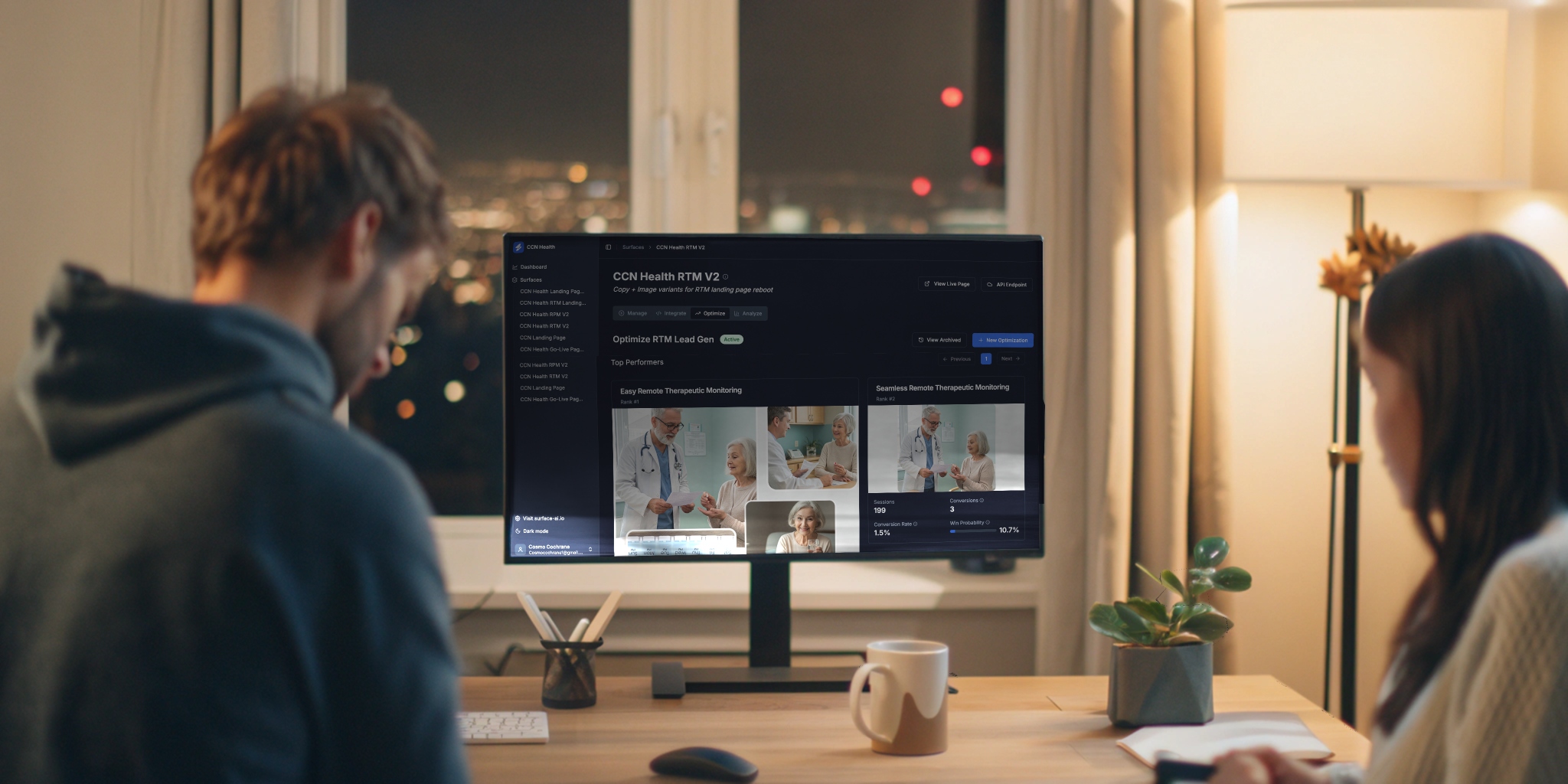From User Tests to Live User Validation
UX design has long relied on lab testing — small groups, prototypes, and interviews. But there’s a gap between what users say and what they do.
Real validation happens when design meets live traffic.
Measuring UX Impact in the Wild
Forward-thinking design teams are evolving toward live experimentation.
They test layout changes, copy variations, and interaction flows with real users — safely and incrementally — to see what actually drives engagement.
Lightweight frameworks, like those that operate through a simple JavaScript snippet like Surface, make this process accessible. You can deploy multiple design variants, track engagement, and automatically route more users to what’s working. These changes can be made without engineering resources, making them perfect for easy hypothesis validation.
What This Means for Designers
- Faster Feedback: Learn how users behave in days, not weeks. Release new variants in real time without undermining results.
- Evidence-Based Decisions: Replace subjective debates with observed behavior.
- Iterative Improvement: Small, continuous changes reduce redesign risk. Get clear feedback, ship changes more quickly.
A design team working on a health brand’s funnel applied this method and saw significant uplift in page performance — proof that small, evidence-based UX changes compound over time.
Design doesn’t stop at launch. It evolves with users. The future of UX is continuous validation, not static review.
Try Surface AI Today


.jpg)



